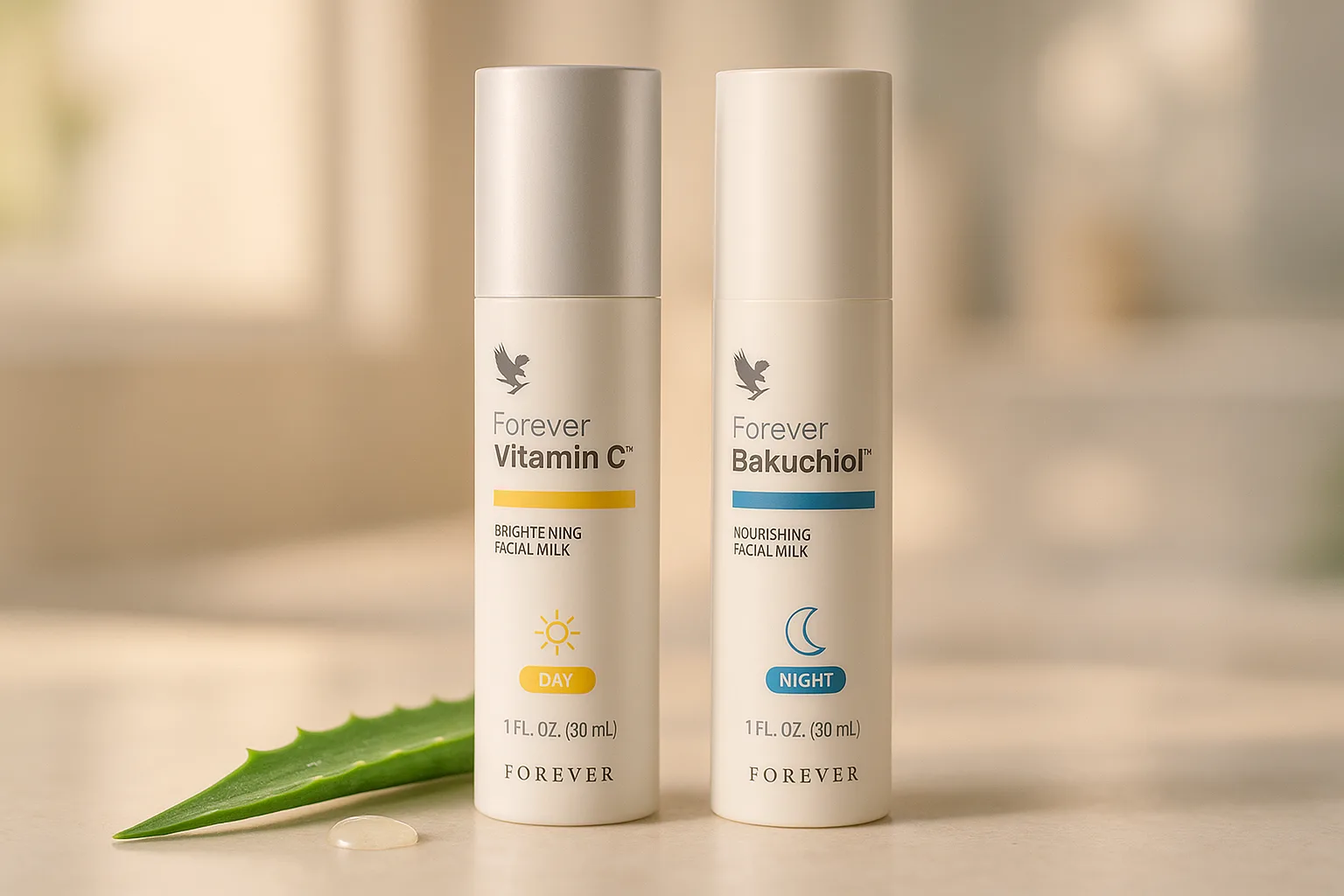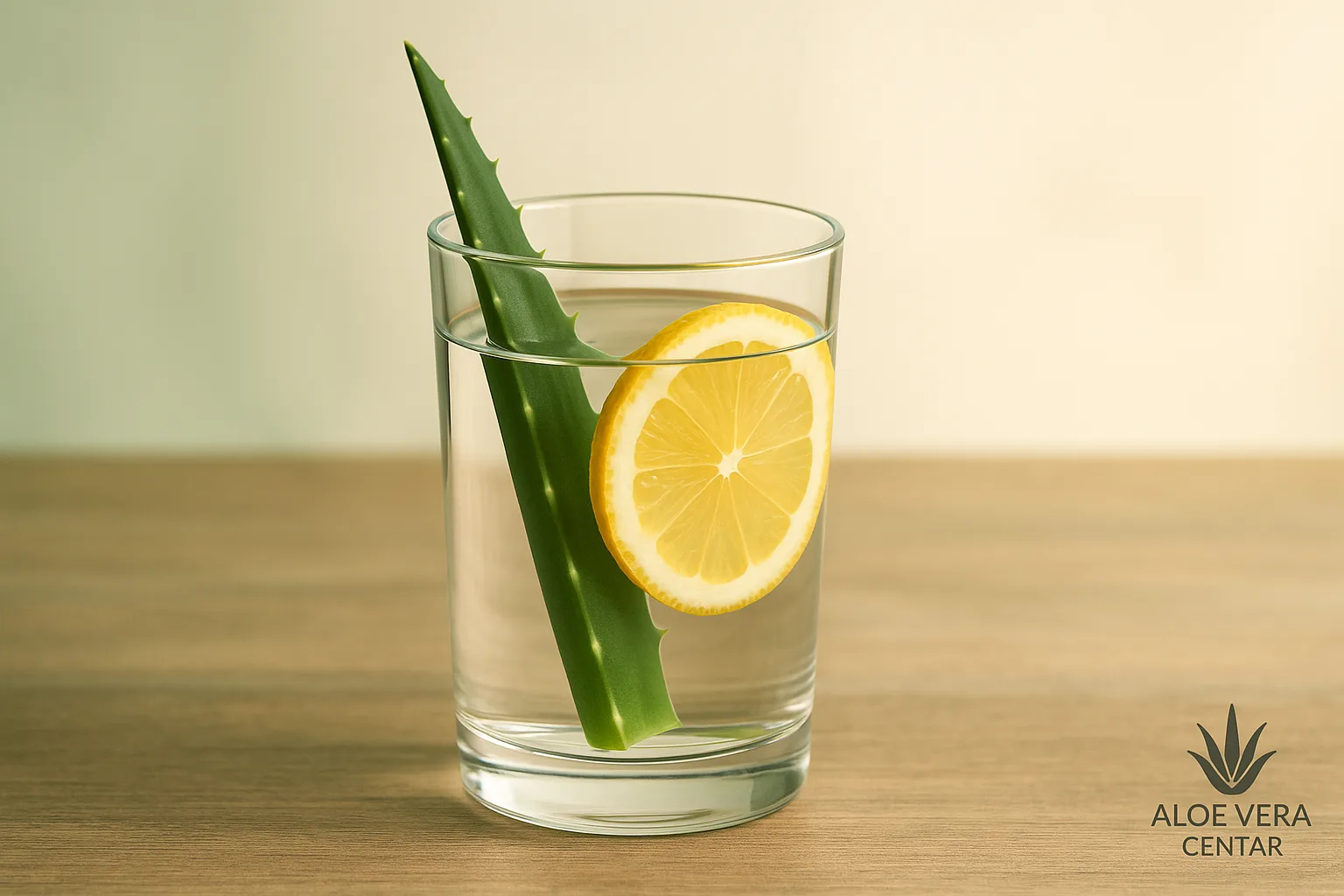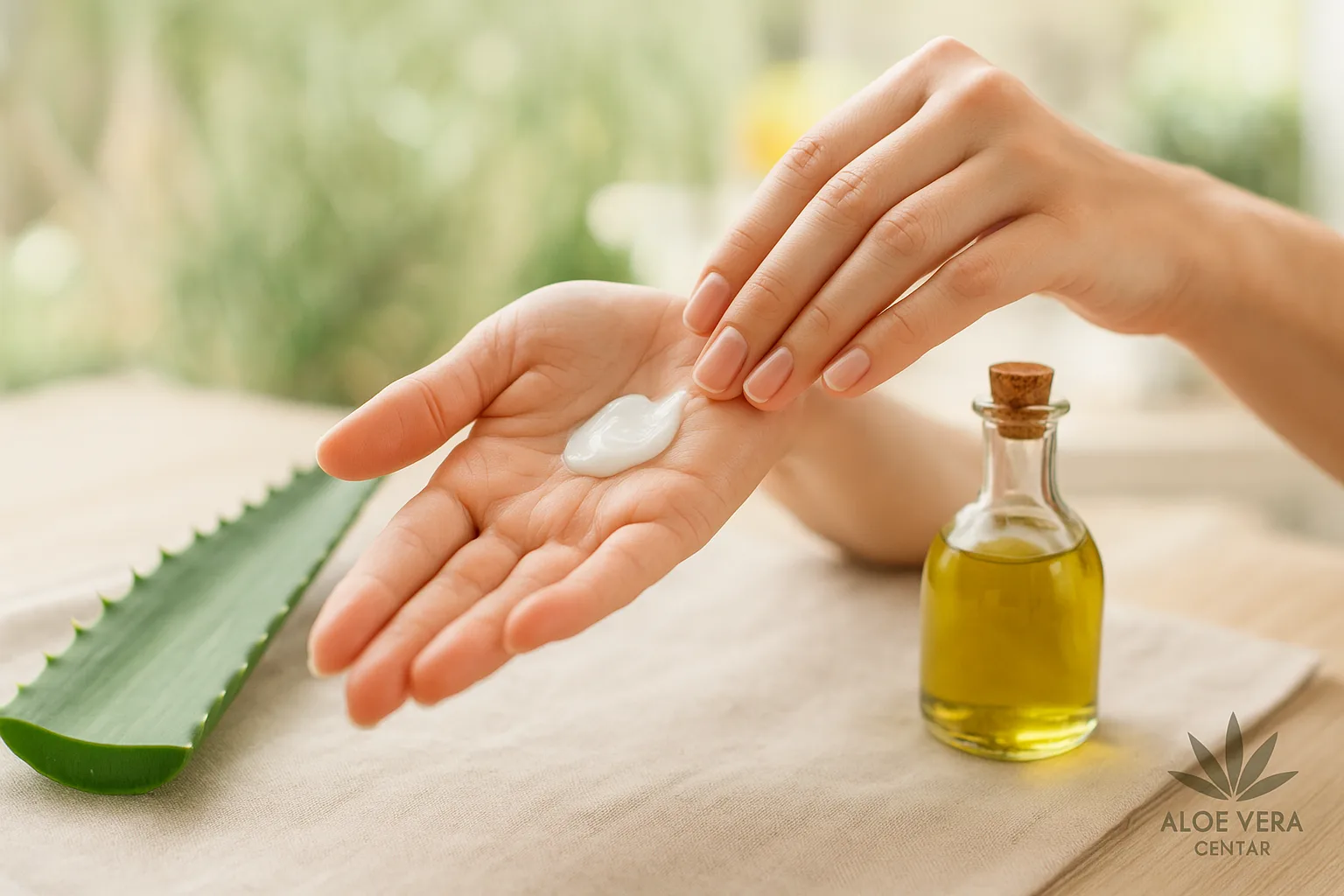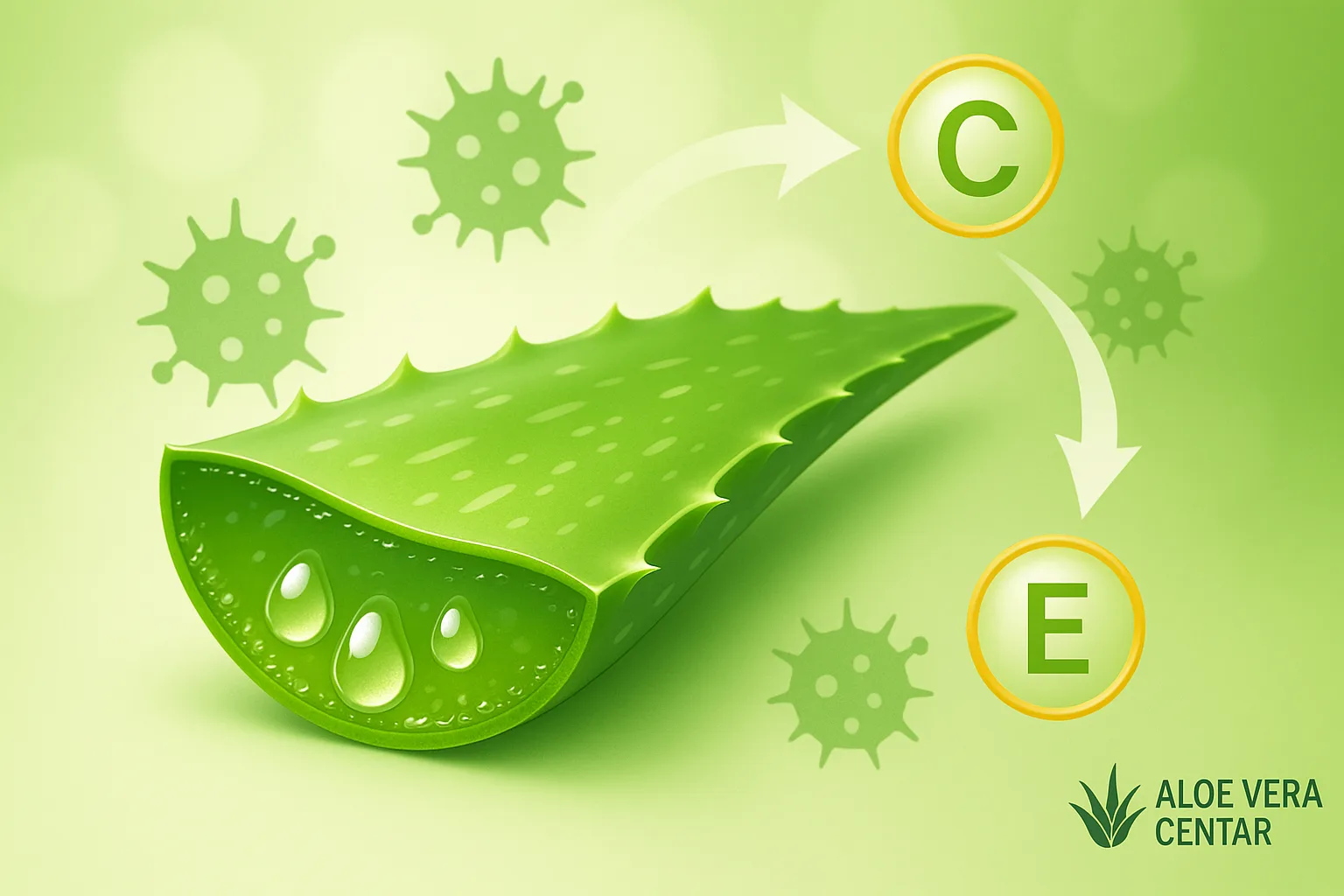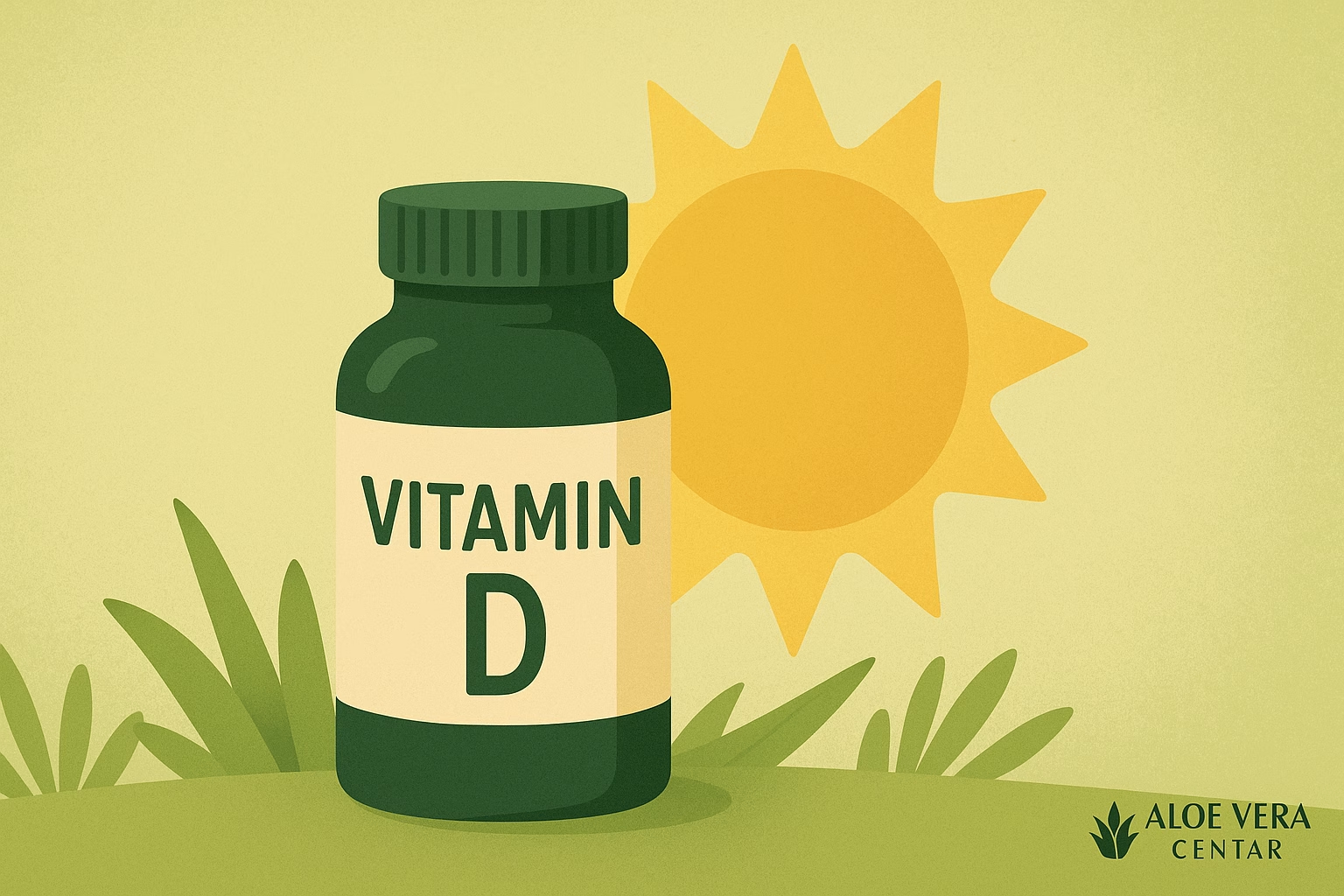
Vitamin D Toxicity – how to Recognize Excessive Intake and Stay Safe
Vitamin D Toxicity: What Happens when We Overdo Supplements?
Hypervitaminosis – the word itself sounds a bit scary, doesn’t it? If you’ve ever taken vitamin D supplements to compensate for the winter lack of sunlight, you may have wondered: “How much is too much?” Keep reading to discover how to maintain the ideal balance without risking side effects.
Why Do We Take Vitamin D?
Vitamin D rightfully carries the nickname “sunshine vitamin.” It’s crucial for calcium absorption, bone health, immunity, and mood. Deficiency is common in climates where we spend winter days indoors. Studies have shown that up to 40% of Europeans have suboptimal vitamin D levels.
However… but that’s not all… When you see promises of better immunity and stronger bones, it’s easy to think that a higher dose is always better. That’s exactly where the trap lies.
- The Recommended Daily Allowance (RDA) for adults is 600-800 IU.
- The Upper Limit (UL) according to the European Food Safety Authority is 4000 IU.
During cold and flu season, many increase their dosage. If you’re concerned about your body’s defenses, be sure to check out our article on flu season strategies – you’ll discover how vitamin D, zinc, and probiotics work best together.
How Does Vitamin D Toxicity Occur?
You might wonder why? Here’s the deal:
Hypervitaminosis occurs almost exclusively from excessive intake of supplements, not from food or sunlight. When you take megadoses (≥ 10,000 IU/day) for weeks, blood calcium levels can rise sharply, leading to various problems.
Typical scenario:
- Someone hears about a “miracle” high-dose therapy.
- They start taking 5000 IU tablets twice daily without supervision.
- After several months, unexplained symptoms appear – thirst, fatigue, digestive issues.
According to Healthline, it’s the long-term accumulation of vitamin D, not a single high dose, that increases toxicity risk.
Early Warning Signs You Shouldn’t Ignore
Bucket brigade: “Sounds too good to be true? Keep reading…”
When vitamin D levels are too high, your body sends signals:
- Increased thirst and frequent urination – result of hypercalcemia.
- Sudden digestive problems (nausea, vomiting, constipation).
- Fatigue and drowsiness – paradoxically, though D is associated with energy.
- Bone pain or muscle weakness.
Ignoring these signs can lead to more serious complications.
Long-term Consequences of Excess Vitamin D
Long-term hypercalcemia damages kidneys, heart, and blood vessels. Patients with chronically elevated vitamin D had 2.5 times higher risk of nephrolithiasis (kidney stones).
Most critical consequences:
- Soft tissue calcification (arteries, lungs).
- Impaired kidney function – elevated creatinine.
- Heart rhythm disorders due to electrolyte imbalance.
- Paradoxically decreased bone density – excess D promotes resorption.
Who’s most at Risk?
But that’s not all… Not everyone is equally sensitive.
- People taking high doses of calcium alongside vitamin D.
- Individuals on a ketogenic diet with low water intake.
- Patients with granulomatous diseases (sarcoidosis) where the body produces more active vitamin D.
- Children and elderly if doses are increased without adjustment.
Safe Doses and how to Supplement Properly
Recommended serum 25(OH)D optimal range is between 75 nmol/L and 125 nmol/L. Above 250 nmol/L is considered toxic.
Safe intake rules:
- Check vitamin D levels with a blood test before and three months after starting supplementation.
- Don’t exceed 4000 IU daily without professional approval.
- If you’re taking a multivitamin like Forever Daily, check the total vitamin D amount to avoid unknowingly combining multiple sources.
- Combine D with vitamin K2 (100 µg) for proper calcium direction to bones.
- Maintain adequate water intake to help your kidneys.
Practical Tips for the 30-55+ Generation
At this age, we think about career, family, and osteoporosis prevention. Here’s a quick guide:
- 15 minutes of daily sun exposure (without sunscreen in early morning hours) produces about 1000 IU of vitamin D.
- Include fatty fish, egg yolks, and fortified dairy drinks in your diet.
- Consider Forever Calcium supplement as it contains a synergy of calcium and vitamin D in balanced ratios.
- Omega-3 fatty acids like Forever Arctic Sea Omega improve vitamin D absorption through fatty tissue.
- If you’re unsure about the ideal combination for you, use our AI advisor and get personalized recommendations in just a few clicks.
When to Visit a Doctor?
Contact your doctor immediately if you notice:
- Unexplained loss of appetite and sudden weight loss.
- Tingling or muscle weakness.
- Unexplained arrhythmias or high blood pressure.
- Recurring kidney colic.
Blood tests for calcium, creatinine, and 25(OH)D quickly reveal the problem.
How Aloe Vera Center Can Help
Our expert team is available to advise you on proper supplementation and product selection. Learn how omega-3 and dietary changes protect your heart, and get a 15% discount on every order as a reward for taking care of your health.
Frequently Asked Questions
How Often should I Measure Vitamin D Levels?
If you’re taking supplements continuously, checking every 3-6 months is sufficient. In winter months, test mid-season.
Can Children get Vitamin D Toxicity?
Yes, especially if parents give 1000 IU drops without age adjustment. Children need 400-600 IU daily unless otherwise prescribed by a pediatrician.
Can Excess Vitamin D be Eliminated through Sweating or Exercise?
No. Vitamin D is fat-soluble and stores in body fat cells. It only decreases by stopping intake and through natural metabolism.
What should I Do if I Accidentally Took Too much?
Stop taking it, drink plenty of fluids, and consult a doctor to check electrolytes.
Conclusion
Vitamin D is undoubtedly important, but more doesn’t always mean better. Success lies in balance, regular monitoring, and smart supplement choices. Apply the advice from this article, consult our AI advisor for a personalized plan, and take advantage of the 15% discount on your next purchase. Your bones, kidneys, and heart will thank you!
Related Articles for Deeper Understanding
Want to learn more about vitamin D’s role and its balance with other nutrients? Check out Vitamin D: Strong Bones, Better Immunity, and Good Mood – a practical guide through all key functions.
Discover how calcium and vitamin D work in synergy and why it’s smart to take them together.
Looking for the ideal supplement? Meet Forever Absorbent-D – a practical way to optimal vitamin D intake and immune system strengthening.
Note: This article is for informational purposes and is not a substitute for professional medical advice. For specific recommendations, consult your doctor or qualified nutritionist.

